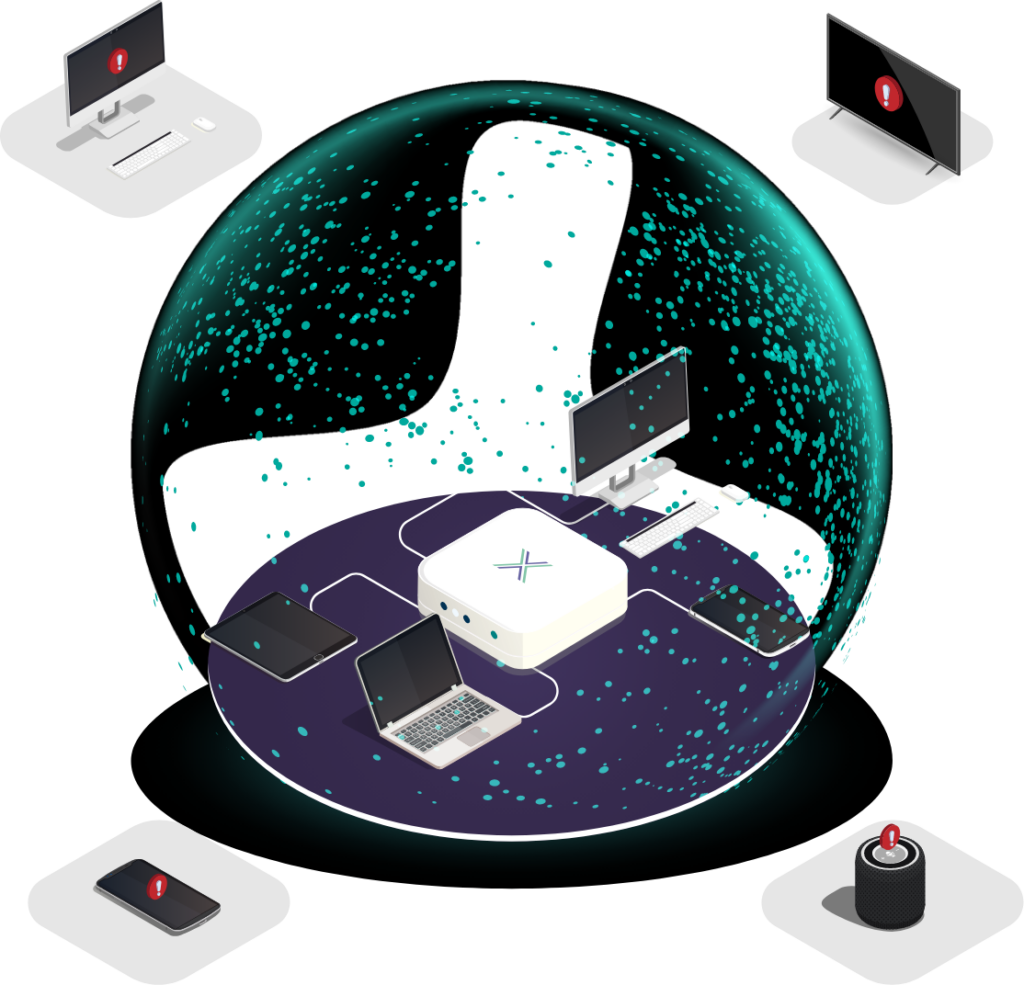As more professionals access sensitive company data from networks outside their organization’s direct control, securing those connections is critical. One of the most effective ways to do this is through network separation, which ensures work devices remain isolated from personal and unsecured devices on a home or shared network.
Why Network Separation Matters
A typical home or shared network connects all devices—personal computers, smart home devices, gaming consoles, and work laptops—to the same network. This setup creates security risks, as any compromised device could provide a gateway for attackers to access sensitive work data.
By implementing network separation, work devices operate on a dedicated, secure network that is restricted from personal devices, reducing the risk of unauthorized access and limiting potential attack vectors.
Key Benefits of Network Separation
1. Enhanced Security for Sensitive Data
Separating work and personal networks significantly reduces the risk of cyber threats such as malware infections, phishing attacks, or unauthorized access to company resources. Sensitive business data remains protected, even if a personal device on the home network is compromised.
2. Improved Network Performance
A dedicated work network prevents congestion from personal devices streaming videos, gaming, or running bandwidth-heavy applications. This ensures reliable performance for work-related tasks, such as video conferencing and accessing cloud-based systems.
3. Clear Access Control and Compliance
With a segregated work network, businesses can enforce security policies effectively, ensuring that only authorized work devices have access to corporate systems. This is particularly important for industries that require strict compliance with data protection regulations.
How to Implement Network Separation
Setting up network separation doesn’t have to be complex, but it does require planning. Here’s a practical approach:
1. Establish a Dedicated Work Network
- Configure a virtual LAN (VLAN) on your existing router to create a distinct network for work devices.
- Alternatively, use a separate wireless access point (WAP) or a managed router solution for a fully isolated network.
- Ensure the work network is protected with strong encryption (WPA3 recommended).
2. Secure Work Devices
- Keep all work devices updated with the latest security patches and firmware.
- Use enterprise-grade antivirus and endpoint protection to prevent malware infections.
- Enforce strong passwords and multi-factor authentication (MFA) for access to company resources.
3. Configure a Firewall and Restrict Access
- Enable and configure a firewall to block unauthorized inbound and outbound traffic.
- Restrict access to only company-approved applications and services.
- Prevent personal devices from connecting to the work network.
4. Monitor and Maintain Security
- Regularly review network settings and device connections to ensure compliance.
- Use network monitoring tools to detect suspicious activity.
- Educate employees on the importance of keeping their personal and work networks separate.
Securing Data Beyond the Office
Network separation isn’t just for home environments—it’s equally important for professionals working from serviced offices, coworking spaces, or other locations with shared networks. Using a managed, secure router solution ensures that work devices always connect through a trusted, protected network, regardless of location.
Final Thoughts
Protecting company data requires a proactive approach, and network separation is a practical, effective measure to reduce cybersecurity risks. By isolating work devices from personal networks, businesses can improve security, enhance network performance, and maintain compliance with industry regulations. While setting up network separation requires some technical configuration, the long-term security benefits make it a worthwhile investment for professionals and organizations alike.

